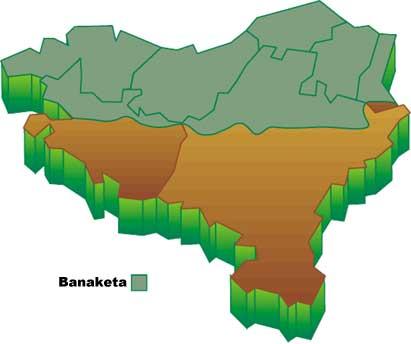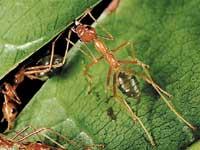Find out how cells direct their migrations
2024/07/10 Elhuyar Zientzia Iturria: Elhuyar aldizkaria

Almost all physiological processes that make up a cell manage and control migration in a joint and self-organized manner. To this conclusion have been reached the researchers of the UPV/EHU, who have compared with the self-organized movement of Arab balances. Work published in the journal PNAS Nexus.
Cell migration is a key process for the development and proper functioning of the human body. Cells move, for example, when an organism develops in the embryo, when a wound is healed, or through metastasis. Failures in the inadequate control of cell migration can have serious consequences in some important diseases such as Crohn's disease, certain congenital disorders of the brain, and certain immune or vascular pathologies.
Researchers at the UPV/EHU have analyzed the movements of 700 cells and concluded that, as a consequence of this self-organized molecular mechanism, the metabolic biochemical processes produced in the cell form a functional unit, fully integrated as a single whole, so that thousands of physiological processes become a single entity.
This mechanism produces an integrated behavior in the cell with the self-organized movement of the thousands of starlings that form very ordered and coordinated structures when migrating or with the ants' ability to structure the anteater through self-organized collective behaviors.
Researchers have pointed out that to date it has not been scientifically accepted that movement movements of cells are governed by self-regulated processes of a systemic nature that operate on a global level. “This scientific finding brings a new approach to the cell itself and to our concept of its functional capabilities,” explains Ildefonso Martínez de la Fuente, a researcher at the UPV who has led the research. In addition, “the combination of conventional molecular research and studies on cell migration from a systemic point of view can be decisive for the development of effective therapies for diseases related to diseases caused by inadequate cell migration.”

Gai honi buruzko eduki gehiago
Elhuyarrek garatutako teknologia






